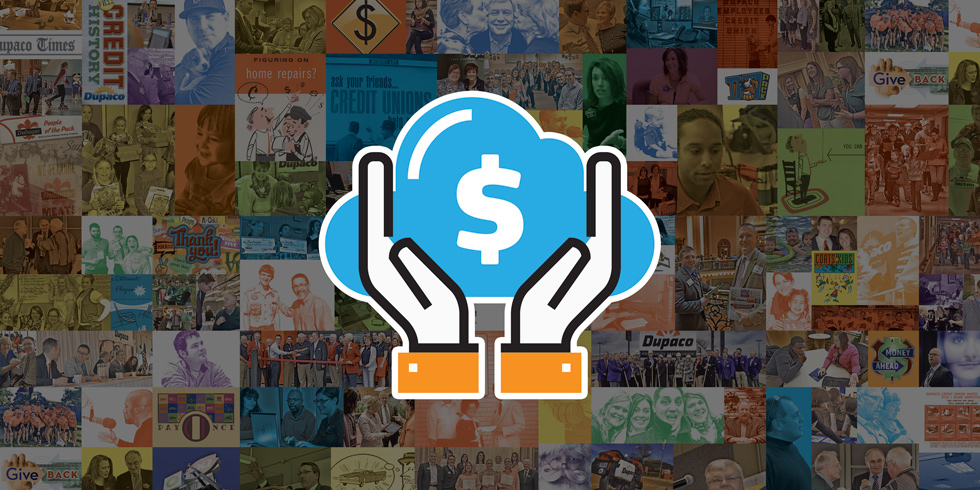
4 tips to help you take control of your student debt
When you’re drowning in student loan debt, it can be hard to see the light at the end of the repayment tunnel.
U.S. households carry $1.34 trillion in student loans, making it the second largest category of debt, according to the Federal Reserve Bank of New York.
But there are steps you can take to relieve your debt burden to achieve financial stability.
|1| Pay as you go
If you are still attending school, and can afford to do so, start making interest payments now, recommended Dupaco Community Credit Union’s Jill Schweikert, senior vice president, consumer and mortgage lending.
“This will save you in the long run, as that interest will accrue until payments are required,” she said.
|2| Consolidate your student debt
Refinancing your student loans might offer you a lower interest rate.
“It’s easier to manage when you consolidate debt into one monthly payment,” Schweikert said. “Be sure to check for interest rate discounts if you set up an automatic payment.”
With Dupaco’s student loan refinance option through CU Student Choice, eligible borrowers can refinance existing private or federal student loans. The program offers favorable rates and repayment terms, including a rate discount for automatic payments.
The student loan refinance option complements the credit union’s Extra Credit Student Loan, which provides students who are heading to college or are already in school with funding to cover the gap left by other aid.
When does it make sense to refinance student loans? >
|3| Deduct it
Remember that you can deduct some of your qualified student loan interest from your taxable income.
Take advantage of loan forgiveness programs.
If you are employed by the government or a not-for-profit organization, you might be eligible to receive loan forgiveness under the Public Service Loan Forgiveness Program. The program forgives your remaining federal loan debt after making 120 qualifying monthly payments while working full-time.
Qualifying teachers also can have their loans forgiven under the Teacher Loan Forgiveness Program or canceled under the Federal Perkins Loan Program.
|4| Temporarily postpone payments
If you don’t qualify for a loan forgiveness program and need immediate payment relief in your budget, consider a loan deferment or forbearance option.
Deferments and forbearances allow you to temporarily postpone your monthly payments under certain circumstances. But keep in mind that postponing your payments might delay the time it takes to qualify for loan forgiveness.


